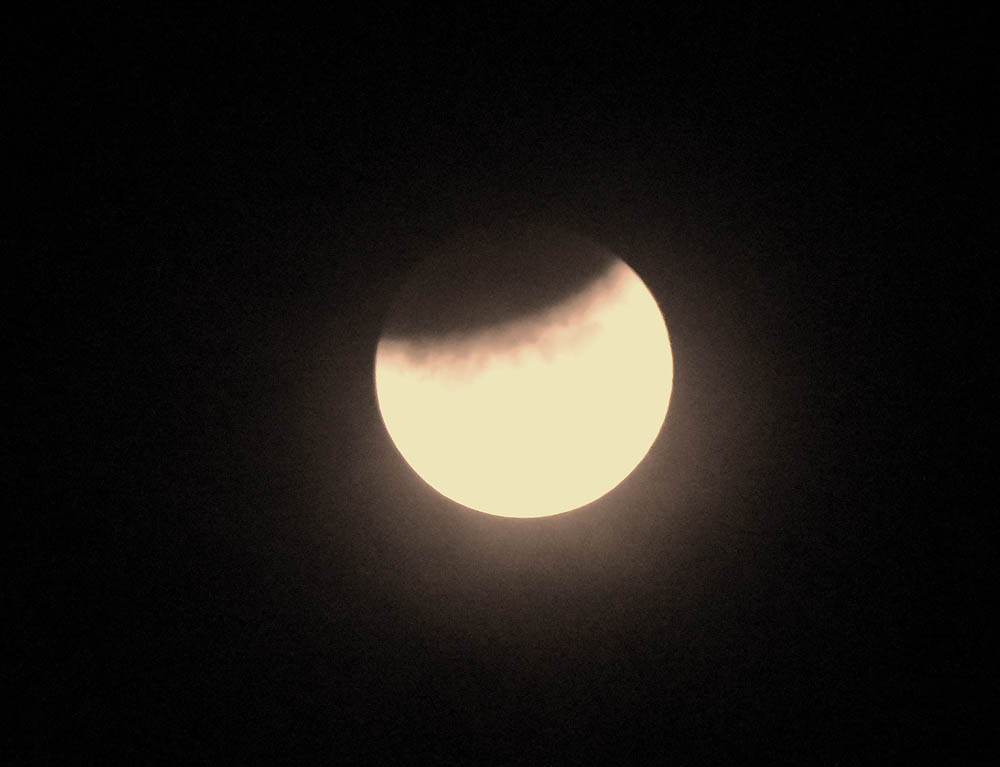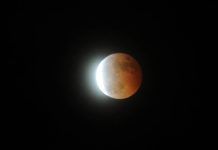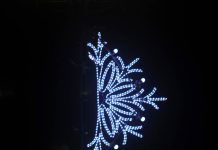
South County residents had an opportunity to witness a relatively rare celestial event during the early morning hours of Wednesday, Jan. 31, when the Earth’s shadow covered the Moon during a total lunar eclipse.
The total duration of the event lasted two hours before it was interrupted by sunrise. South County residents, however, got to see all 76 minutes of totality.
A total lunar eclipse occurs when the Earth is between the Sun and the Moon and the Earth’s shadow, which projects into space, covers the lunar surface as seen from Earth.
Partial phases of Wednesday’s eclipse began at 3:48 a.m., with the total phase of the eclipse starting at 4:51 a.m.
The total phase of the eclipse reached mid-point at 5:29 a.m. and ended at 6:07 a.m.
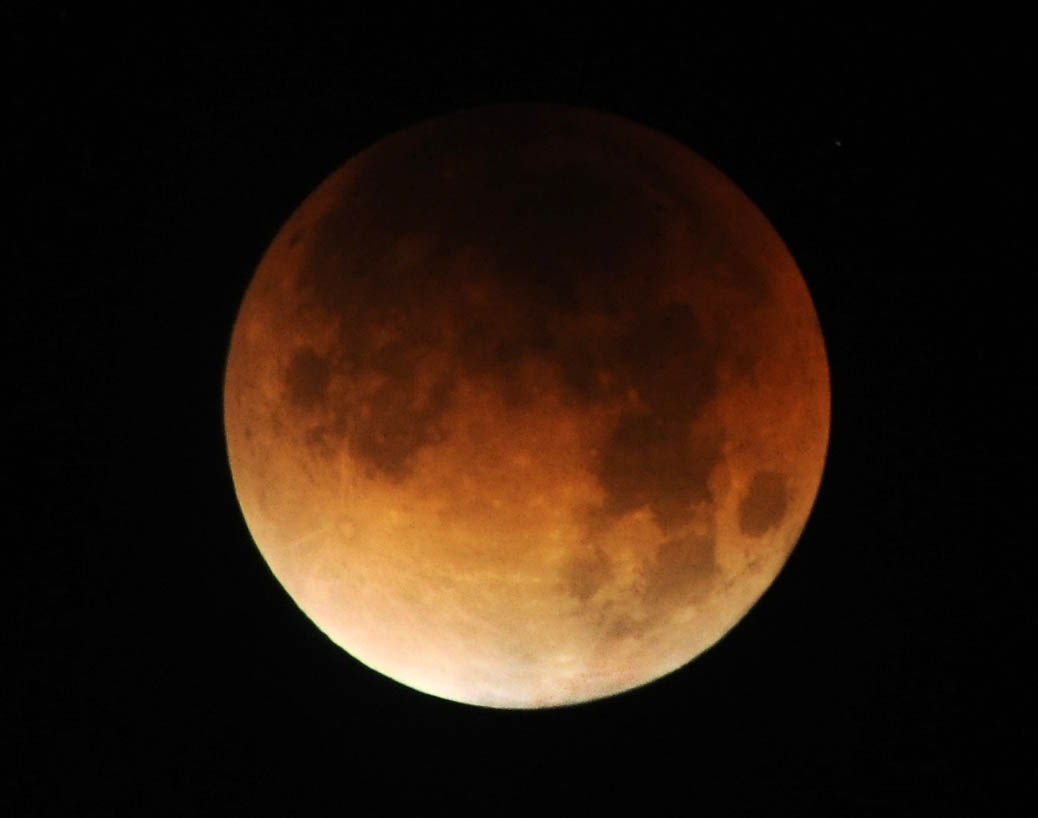
Wednesday’s total lunar eclipse was notable for several reasons.
Not only was it a Blood Moon, a traditional name used to describe a total lunar eclipse, but because it was the second full moon in a month, it was also considered a Blue Moon.
Since the Moon was also near the closest point in its orbit to our planet, it also appeared larger than normal, thus creating a Super Moon effect.
Some have dubbed Wednesday’s eclipse the Super Blue Blood Moon eclipse.
Wednesday’s total lunar eclipse was the first in two years for local sky-watchers, and many were ready with cameras and media of all types to capture the event from their own homes.
Freelance photographer Ron Becijos observed Wednesday’s lunar eclipse from his front yard in Bonita.
“It was still cold outside, so I took breaks in and out of the house while following the progress of the eclipse,” he said. “You don’t have to be an astronomer to enjoy a celestial event like this. It’s so unusual to look up in the sky and see something like this.
“What I noticed was the absence of animal noises during the eclipse. Usually you can hear coyotes and, especially birds, in the early morning hours in my neighborhood but I don’t recall hearing any during the total eclipse.”
Becijos, who continues to teach in the Sweetwater Union High School District, was among the hundreds of millions of people who observed last August’s total solar eclipse, and among the tens of millions of people who traveled to witness it.
He drove from Chula Vista to Madras, Ore., — an 18-hour drive — to photograph what many consider to be a once-in-a-lifetime event.
An estimated 89 percent of Americans viewed at least part of last August’s total solar eclipse either directly or electronically.
“Even though the two total eclipses were quite different, both were compelling in their own way,” Becijos explained. “We are so used to seeing the (fully-lit) Full Moon up there. It is part of our lives. It controls the tides and controls nocturnal animal cycles. It even controls us. The Moon put on a mask for us this time.”
Shadowy subject
Three types of lunar eclipses are possible: a total eclipse, a partial eclipse and a penumbral eclipse.
A total eclipse occurs when the Moon’s disc is completely covered by the Earth’s dark central (umbral) shadow. A partial eclipse occurs when the Moon does not completely plunge into the Earth’s shadow.
A penumbral eclipse occurs when the Moon misses the Earth’s darker umbral shadow but plunges into the Earth’s weaker penumbral shadow. Sometimes the Moon can take on a light yellowish hue during a penumbral eclipse, though it is so sublime that many observers will likely not notice.
The Moon entered the Earth’s penumbral shadow at 2:51 a.m. on Wednesday before entering the umbral shadow an hour later.
The Moon appears ruddy when it is totally eclipsed due to orange-reddish light refracted through the Earth’s atmosphere that reaches the Moon’s surface.
The northern hemisphere of the Moon passed near the center of the Earth’s umbral shadow on Wednesday, making the northern half of the Moon appear especially dark.
No visual aid is required to view a lunar eclipse. However, binoculars or a telescope at low magnification will enhance the experience, especially when making faint stars visible next to the darkened lunar orb.
It is not too difficult to photograph a lunar eclipse, through a camera capable of taking a time exposure and a tripod are essential.
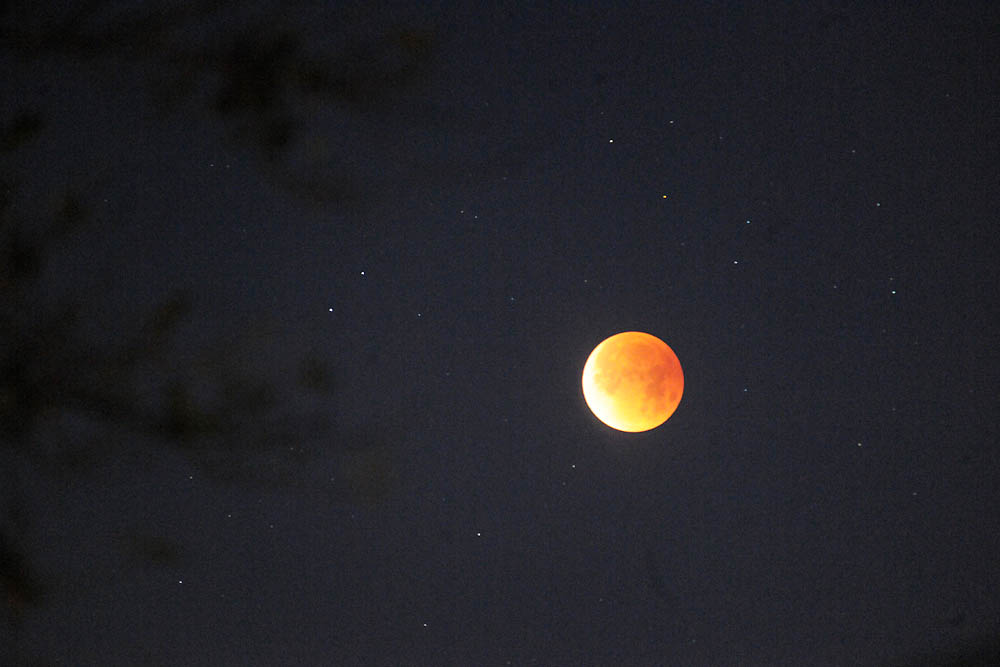
Heavens above
There are five eclipses in 2018 — three solar and two lunar.
Wednesday’s lunar eclipse was the first eclipse of the season. A partial solar eclipse will be visible from the southern reaches of South America and Antarctica on Feb. 15.
Argentinians will see about 40 percent of the sun’s disc covered.
A partial solar eclipse will take place on July 13 but will only be visible between the coasts of Australia and Antarctica. About a third of the sun’s disc will be covered by the Moon for scientists stationed in Antarctica.
A total lunar eclipse will occur on July 27 but will not be visible from North America. Instead, Europe, Asia, South America and Africa are favored.
A partial solar eclipse will favor observers in the far northern latitudes on Aug. 11. Maximum obscuration will be 30 percent in Mongolia, though an observer at 70.4 degrees latitude off the northern coast of Siberia will see 74 percent of the sun’s diameter covered.
The next total lunar eclipse visible from Chula Vista will occur on Jan. 21, 2019.
